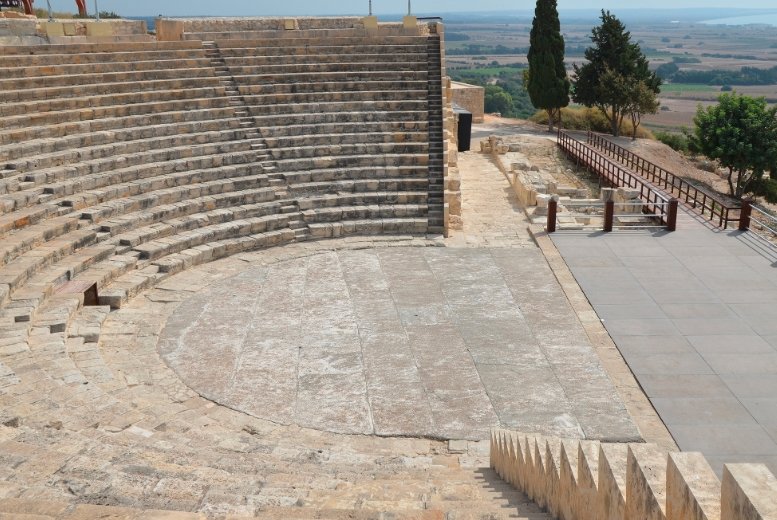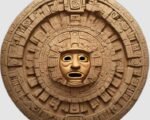Archaeologists have made a groundbreaking discovery on the island of Cyprus, unearthing a 4,000-year-old temple with a mysterious central monolith. This ancient site, found in the Bronze-Age settlement of Erimi, is believed to be the oldest sacred space ever discovered on the island. Led by Professor Luca Bombardieri from the University of Siena, the excavation also revealed the skeletal remains of a young woman, suggesting a tale of ancient femicide. This discovery sheds light on the complex and rich lives of the craftsmen who lived four millennia ago.
An Ancient Temple Revealed
The temple, discovered within a craftsman’s workshop complex, is a testament to the ingenuity and spiritual practices of the ancient inhabitants of Cyprus. At the heart of the temple stands a 7.5-foot-tall monolith, which would have been illuminated by a massive brazier day and night. This monolith, central to the temple’s design, highlights the significance of the site as a place of worship and ritual.
The discovery of the temple within a working environment underscores the integration of daily life and spiritual practices. The craftsmen who built and used this temple lived just a few centuries before the first cities on the island emerged. Their lives were marked by a blend of work and worship, reflecting a complex society with rich cultural traditions.

The temple’s construction and the presence of the monolith suggest that it served as a focal point for the community. The brazier’s continuous illumination of the monolith would have created a powerful visual and spiritual experience for those who visited the temple.
The Mystery of the Young Woman
During the excavation, archaeologists uncovered the skeleton of a young woman, estimated to be around 20 years old. Evidence suggests that she was murdered, her skull smashed with a lance or rock, and her body sealed within the temple. This act of sealing her remains, possibly to prevent her spirit from disturbing the living, points to a ritualistic aspect of the crime.
The lack of grave goods and the manner of her burial indicate that this was not a typical burial. Instead, it suggests a case of ancient femicide, where the young woman was killed and hidden away. This discovery adds a dark and intriguing layer to the history of the site, revealing the potential for violence and ritualistic practices in ancient Cyprus.
The young woman’s remains provide valuable insights into the social dynamics and cultural practices of the time. Her death, and the manner in which her body was treated, reflect the complexities of life and death in the Bronze Age. This finding opens up new avenues for understanding the role of women and the nature of violence in ancient societies.
Insights into Bronze Age Cyprus
The discovery of the temple and the young woman’s remains offers a unique glimpse into the lives of the people who lived in Cyprus during the Bronze Age. The temple, with its central monolith and continuous brazier, highlights the importance of religious and spiritual practices in their daily lives. The craftsmen who built and used the temple were part of a sophisticated society with advanced skills and cultural traditions.
The presence of the young woman’s remains adds a human element to the archaeological findings, reminding us of the individuals who lived and died in this ancient society. Her story, though tragic, provides a deeper understanding of the social and cultural context of the time.
This discovery also underscores the importance of ongoing archaeological research in uncovering the secrets of the past. Each new finding adds to our knowledge of ancient civilizations and helps us piece together the complex puzzle of human history. The temple and the young woman’s remains are just the latest in a series of discoveries that continue to shed light on the rich and diverse history of Cyprus.














